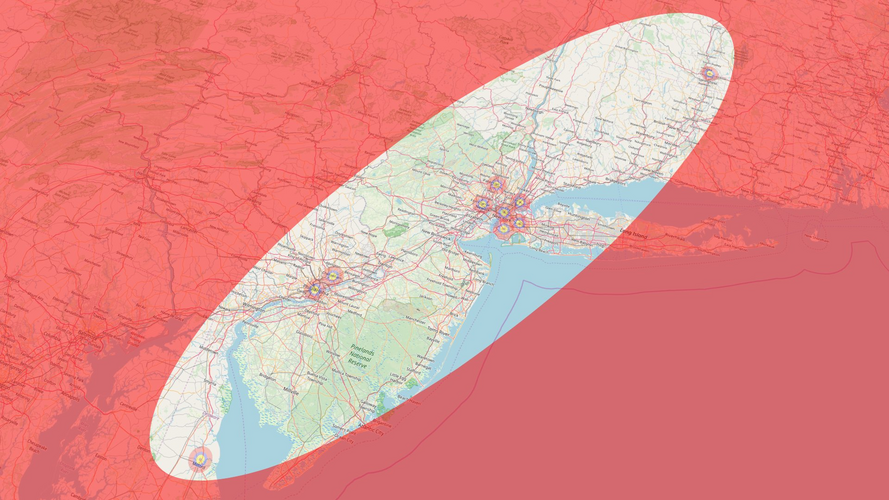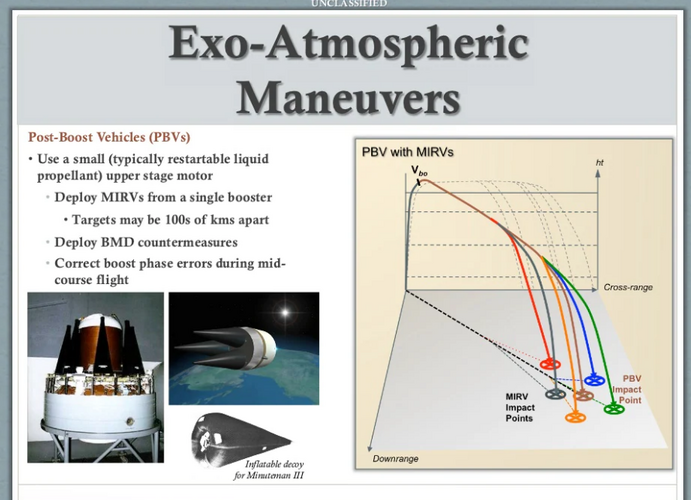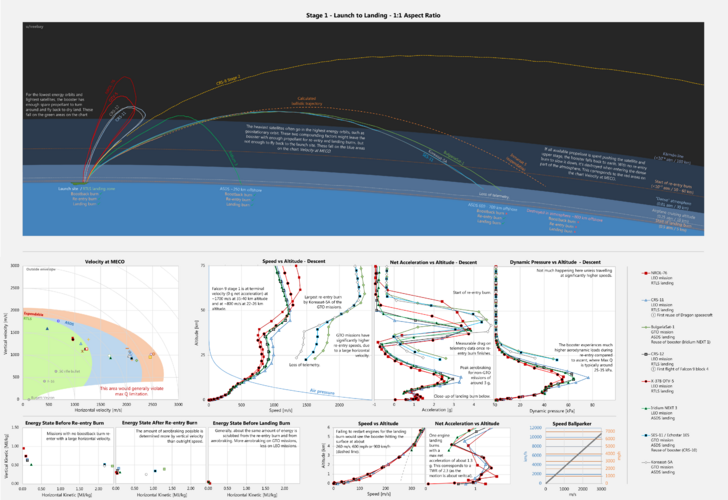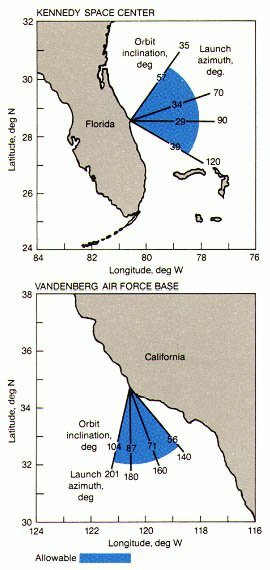Forest Green
ACCESS: Above Top Secret
- Joined
- 11 June 2019
- Messages
- 9,421
- Reaction score
- 17,158
Just been thinking. A Dark Eagle/CPS costs ~$40m and a Falcon 9 launch costs $15m* and has an RTLS (Return to Launch SIte) payload of 12,000kg. Theoretically you could load say two dozen C-HGBs on a Falcon 9 (maybe more given sub-orbital trajectory) and hit 24 targets anywhere on the planet in ~20-25 minutes at a cost of ~$1-2m per target. (Guessing cost a little here because I'm not sure how much a C-HGB on its own costs but presumably much less than an AUR(All-Up Round).) The LV would then return to the launch site. You could do the same with any reusable launcher, current or future reusable LV (Falcon 9, Sharship, Terran R, Nova... etc.).
*https://www.elonx.net/how-much-does...on-musk-explains-why-reusability-is-worth-it/
*https://www.elonx.net/how-much-does...on-musk-explains-why-reusability-is-worth-it/
According to Elon Musk, the marginal cost for a reused Falcon 9 launch is only about $15 million. He explained that the majority of this amount was represented by the $10 million it costs to manufacture a new upper stage.
Last edited:






